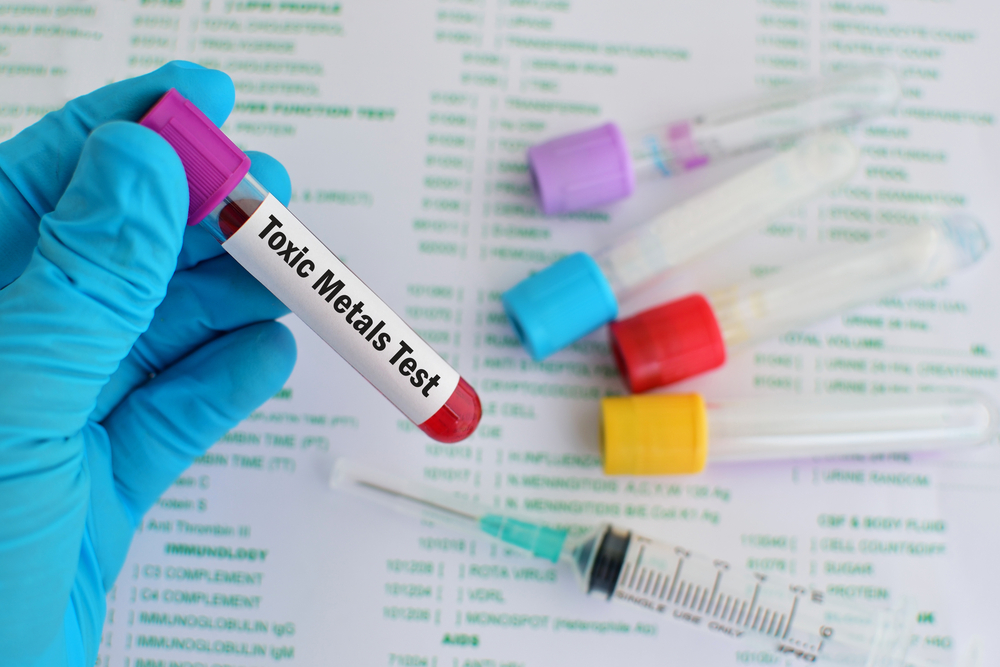
What is being tested?
The test measures the lead concentration in blood. Lead is a metal that is known to be poisonous. In the past, lead was used in paints, petrol, and other household products, and these can still be found, for example, in older housing. Some work activities and hobbies can still expose you to lead. While preventable, lead poisoning remains a public health problem in Australia that can cause irreversible damage to the health of children as well as adults.
If untreated, excess lead in the body can do great damage, even if a person has no obvious symptoms or problems. Impaired learning and development among children is a major consequence of lead poisoning. The function of the kidneys may also be greatly reduced, and the ability of nerves to conduct messages quickly through the body is a major problem with lead toxicity. Lead can also harm the reproductive organs and cause miscarriages and birth defects.
How is it used?
The lead test is used to evaluate the concentration of lead in your blood to determine if you have been exposed to harmful levels.
Blood lead is monitored in workers whose environment contains lead. In Australia the main sources of lead exposure are air-borne lead (from industrial sources and from the use of lead in petrol), and occupational and hobby exposure (e.g. plumbers and stained glass artists).
When is it requested?
For screening: Blood lead tests may be ordered to screen people in the workplace if lead contamination is a potential problem. This testing conforms to Health and Safety Executive rules for occupational exposure.
Adults who work in industries known for lead exposure, for example plumbers, lead miners, shipbuilders, construction workers, demolition workers and pottery manufacturers should be screened for lead exposure. For a list of hobbies that may expose you to potentially high levels of lead, go to lead poisoning.
The NHMRC guidelines for blood lead concentration indicates that the normal blood lead concentration is less than 5.0µg/dL (0.24µmol/L).
Workplace exposure
Blood lead levels in workers vary depending on whether the worker is male or female and how high previous levels were. These are laid out in this Safe Work Australia document.
For diagnosis: The test can help determine whether symptoms, including fatigue, changes in mood, nausea, headache, tremors, weight loss, or decreased libido, are due to lead poisoning. The test may also be needed if a patient has peripheral neuropathy, anaemia, reproductive failure, encephalopathy, or memory loss, which are symptoms of lead poisoning.
What does the result mean?
The higher the test result, the more lead is in your system and the more potential danger there is to your health. Guidelines and recommendations for treatment differ for children and adults.
Most experts agree that at a very high blood lead concentration, above 70 - 80 µg/dL (3.5-4.0µmol/L) a person is at the medical emergency level and should get immediate medical attention. This may include chelation therapy if the blood levels are very high. Abatement - removing the source of the environmental exposure to lead - must also be done. Most also agree that adults with blood concentrations of less than 10 µg/dL (0.5 µmol/L) are not lead poisoned, and further testing is not necessary unless they are exposed again.
Children are more susceptible to lead poisoning than adults and current standards indicate that lead levels in children should not exceed 5 µg/dL (0.24 µmol/L).
Any child who has an elevated blood lead level needs to have their home or other environment evaluated. Other people at the residence should be tested as well. Without treatment or abatement of the environmental cause, the elevated lead level will probably recur.
Is there anything else I should know?
Poisoning with lead is more harmful for children, whose brains and other organs are still developing. Adults tend to recover from lead ingestion better than children. If you think your children may be at risk, have them tested as soon as possible.
Iron deficiency can make lead easier to absorb in the body. Children with raised blood lead concentrations should have testing for iron deficiency.
Each person handles lead differently. What may be toxic to one adult may not be toxic to another. Thus, laboratory tests are just one part of the picture in lead poisoning cases. Careful monitoring with medical examinations are needed.
Common questions
Products that still contain lead include batteries, solder, some pipes, ammunition, roofing, industrial paints, and X-ray shield materials.
Just holding a lead object in your hands won't poison you. Breathing in or swallowing lead may poison you, however. Some examples of lead poisoning situations would be:
Occupations that put people and their families at risk for lead exposure include:
Yes. If you are working in a potentially harmful environment with exposure to lead dust or mist:
For more information about lead poisoning and workplace safety, visit the Safe Work Australia website.
What is Pathology Tests Explained?
Pathology Tests Explained (PTEx) is a not-for profit group managed by a consortium of Australasian medical and scientific organisations.
With up-to-date, evidence-based information about pathology tests it is a leading trusted source for consumers.
Information is prepared and reviewed by practising pathologists and scientists and is entirely free of any commercial influence.